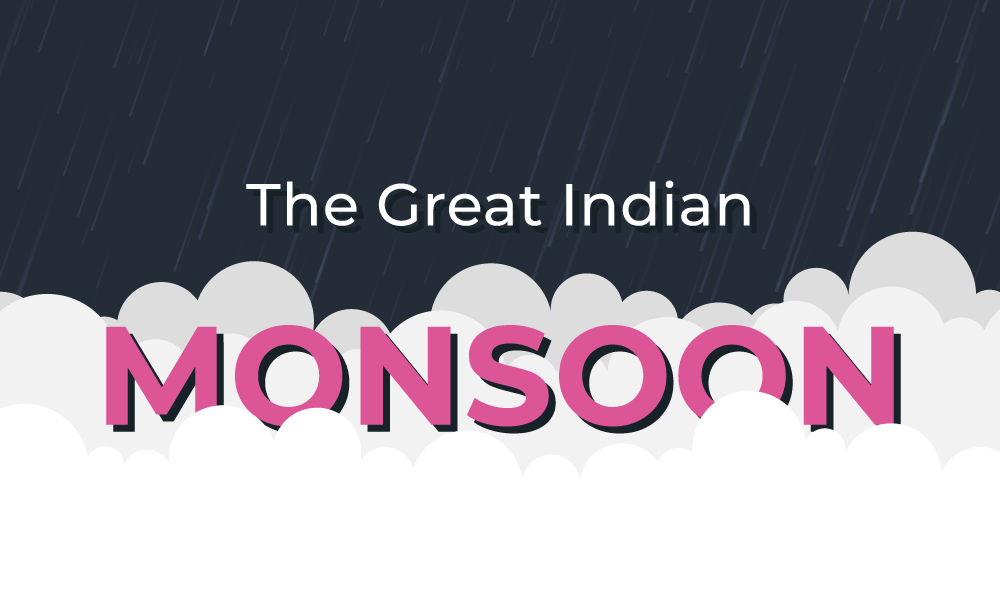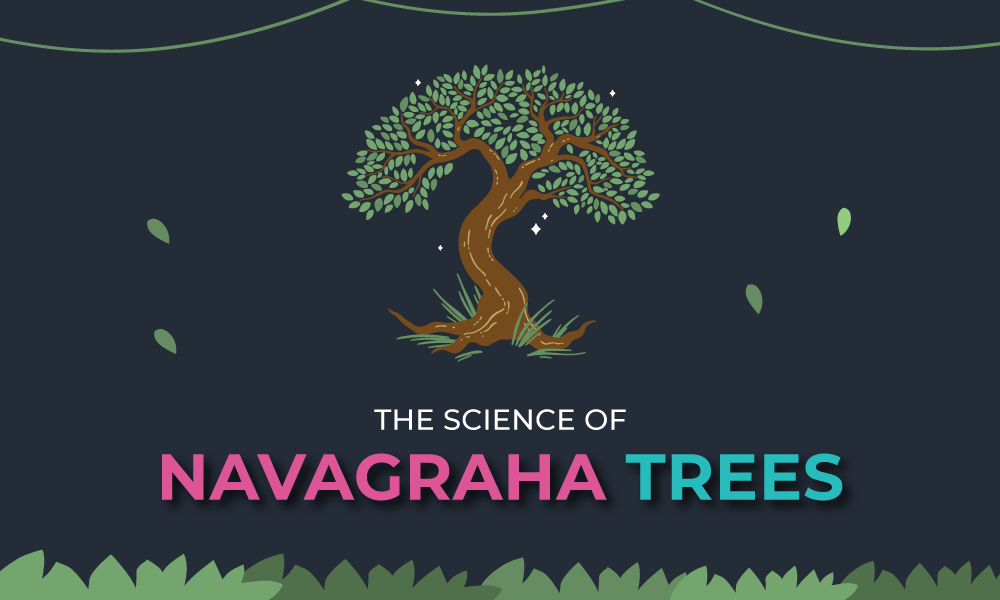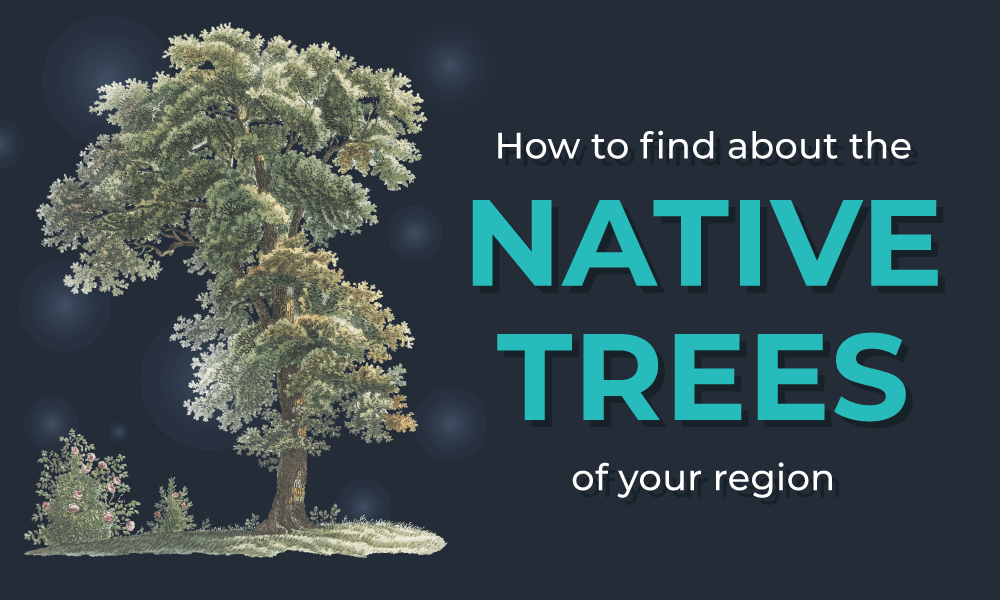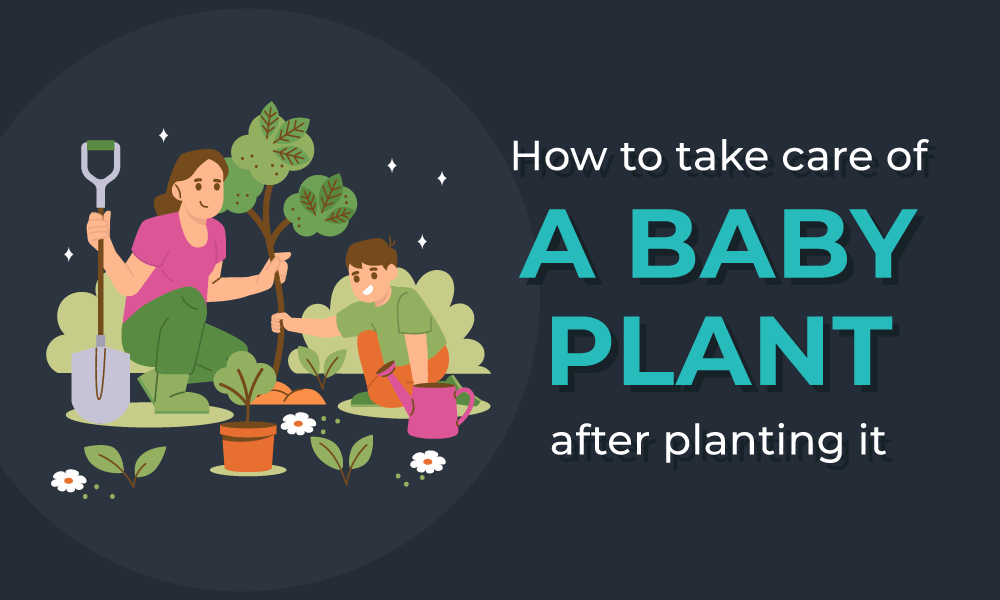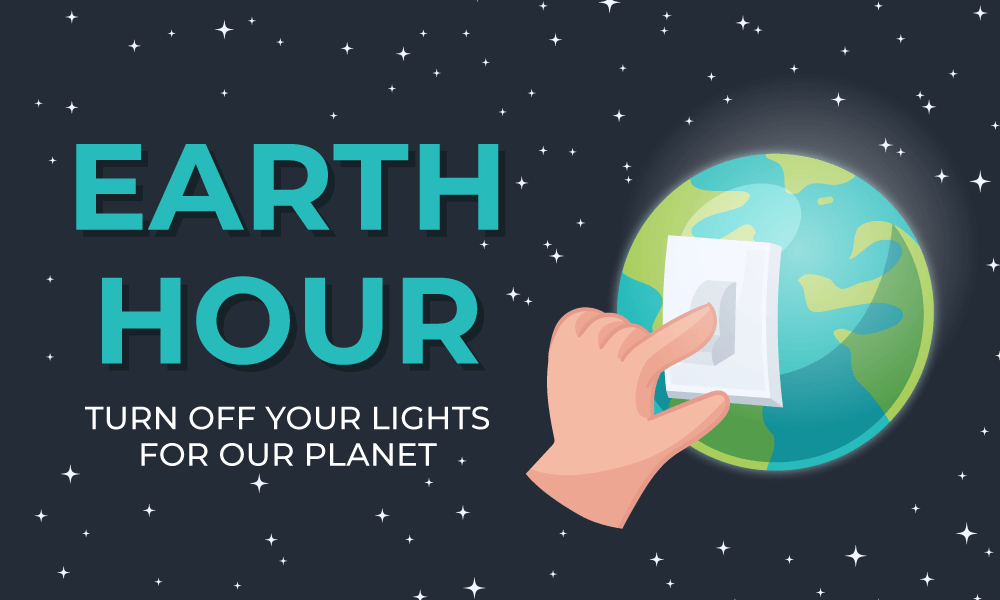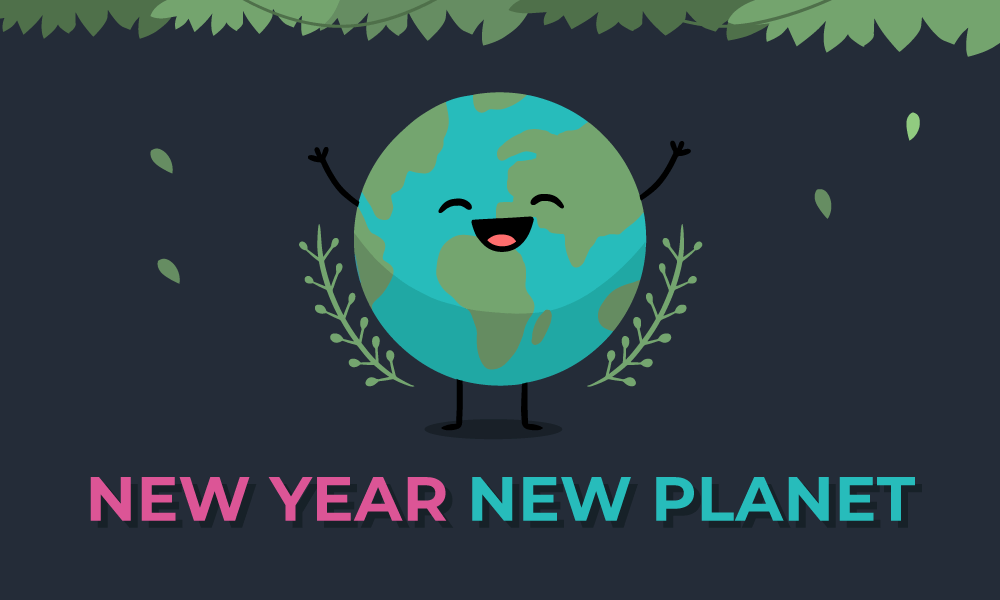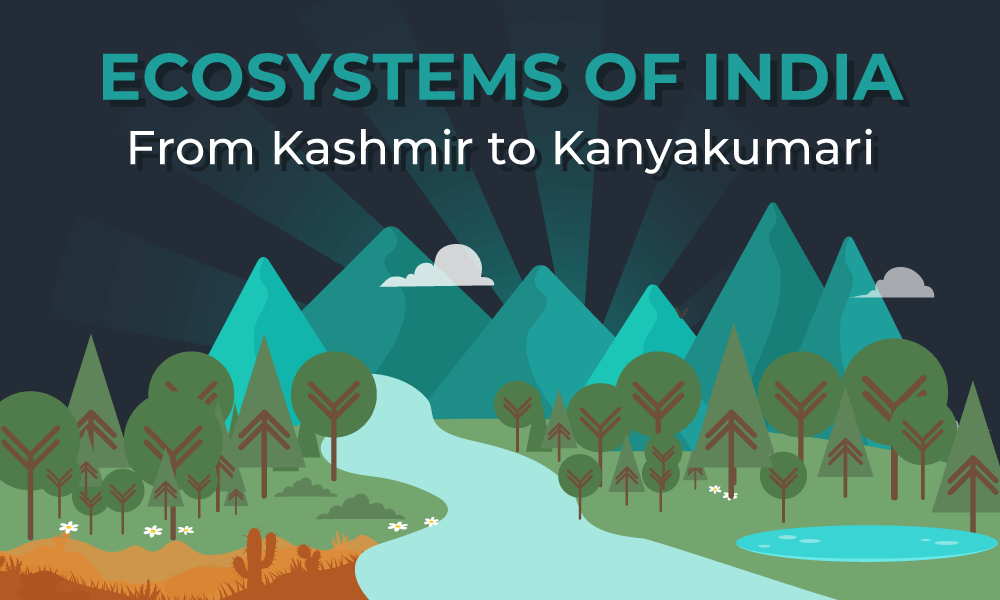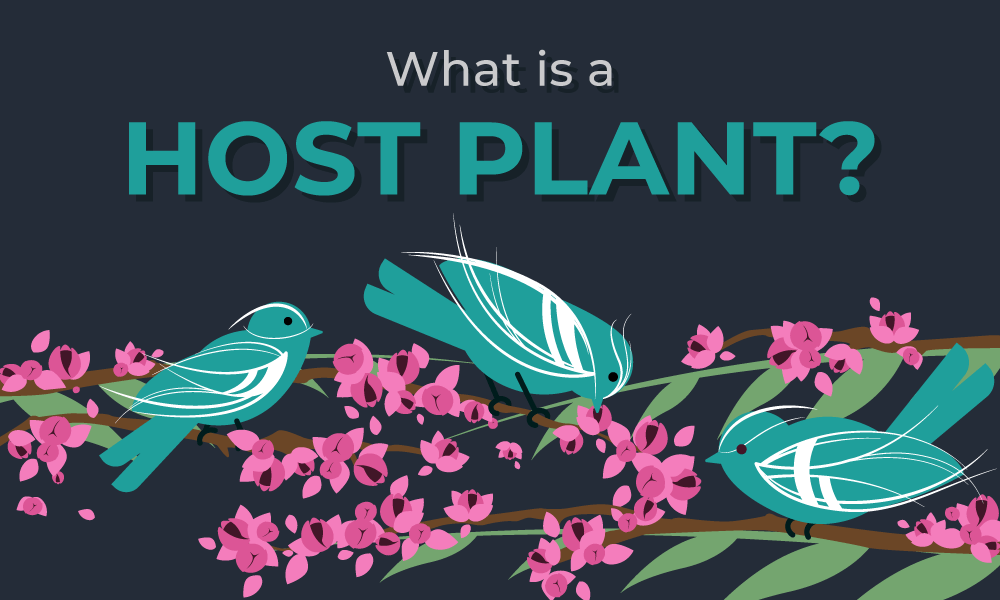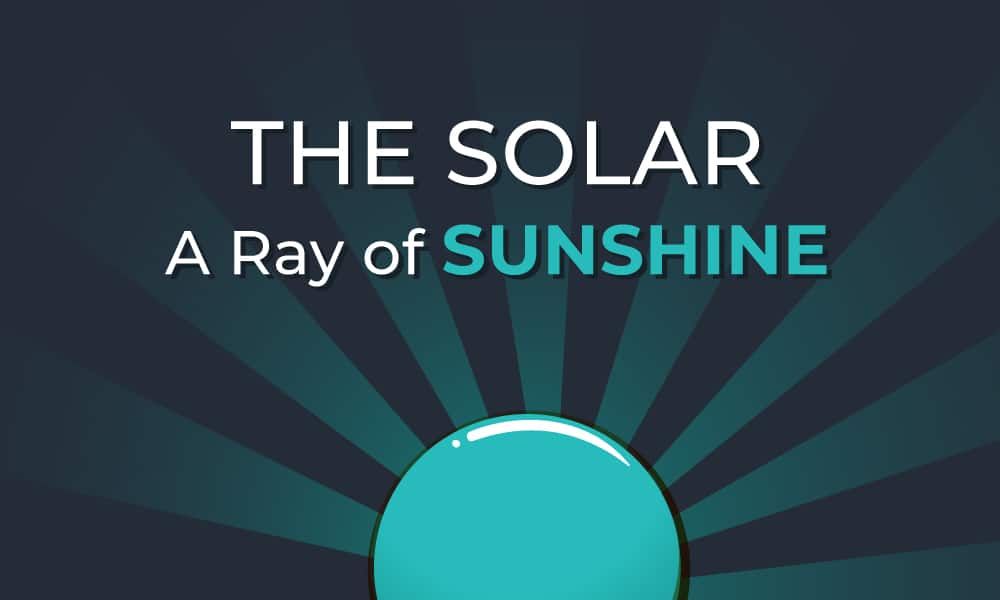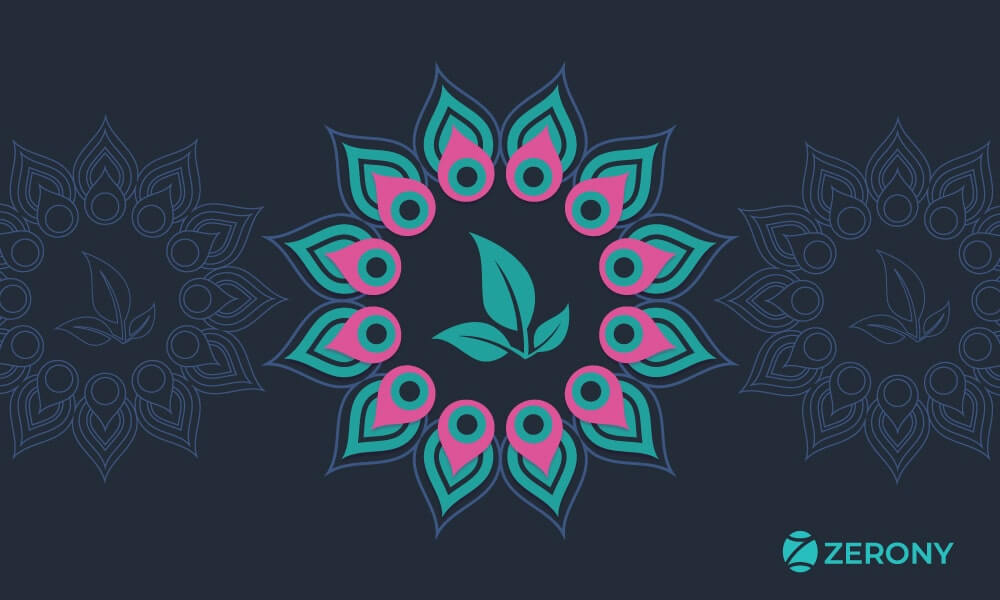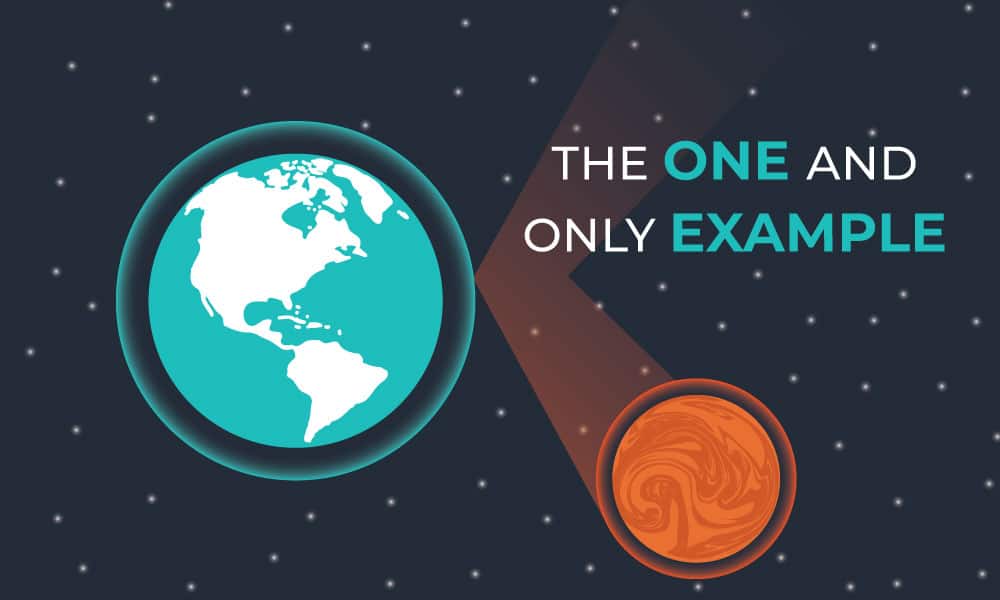In India, we are all very familiar with the rainy monsoon, which showers us with all the rain in the months of June-July, and for those who live in the Himalayan region (lucky enough) these months are from June to September.
The monsoon is very important, it fulfils the need for water in the whole of South Asia. In a normal monsoon year, India receives about 900 mm of rain. This is equivalent to over 200 lakh crore buckets of water, or 2 lakh buckets per person.
Wow shocking right? But where does all this water come from? and we can see that we are really not getting that many buckets of water. Then where does all this water? Does monsoon only happens in India or do other place in the world also gets something like this? Let’s find out.
How does rain work?
Before we begin to understand how monsoon works we first need to understand how rain works.
Rain requires two things heat and water.
We get heat from the sun, and we get water from our surroundings like water in the rivers, lakes, trees or water in the clothes which you dry on the rooftop. Sunlight warms the water on the earth’s surface. The heat causes the water to evaporate and change into water vapour.
Water vapour goes up in the air. And up in the air the temperature is very low, but why the temperature is low at high altitudes? We will know this in another blog. Now when the water vapour reaches the high cold altitudes it starts to cool, and when water vapor cools down it returns to very very very tiny droplets of water.
These droplets combine to form clouds in large numbers. Smaller water droplets in a cloud mix to form larger drops of liquid. The drips eventually weigh too much to remain in the cloud. This water starts to fall to earth as rain and the water cycle starts over.
In the clouds, sometimes water droplets turn into ice crystals. As the ice crystals fall toward the earth, they melt. This is another way rain falls.
Why do some places get more rain than others?
As we know now, rain is mostly dependent on two things: heat and water.
In India almost all places get the same amount of heat so now we should think about the next variable which is water. Avalibity of water is differnt.
The more water we have in some places the more rain we should get. That is why it rains more near the sea and near the forests and mountains and rivers. All these places have enormous amounts of water. And the other side is the cities, mostly cities do not have any of these.
Monsoon or just heavy rain?
Monsoon happens all over the world, but it happens in India on a very large scale. Monsoon mostly happens in places where a very large amount of high land area land meets an ocean, and India is a perfect example of that. In the very north, we have the great Himalayas and in the south, it’s just ocean everywhere.
In the summer, there is heat everywhere, over the ocean the air has more water vapor which makes it heavy and the air over the mountains is light and when this happens, the air from the ocean starts to move towards the mountains.
That ocean air has brought tons of water with it which then forms clouds all over the place. And the great Himalayas held these clouds which took several months to rain down all the water.
Read more: Ecosystems of India
If you have some suggestion on which we should write or you have any query and something else you can contact us. Please do share this blog with your family, friends, and others so they can also know about the great Indian monsoon.

